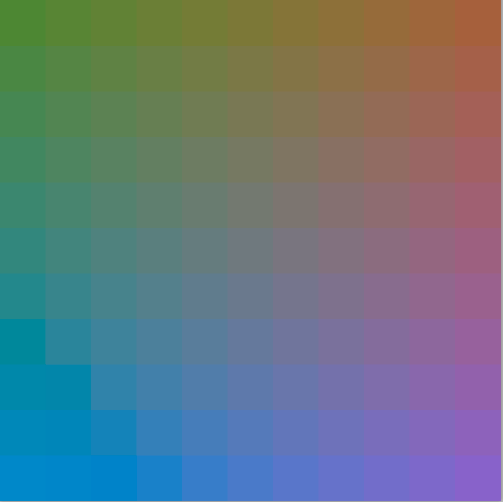[Added after the original post. Eric Chan has informed me that there are two image-processing pipelines in Lightroom: output-referred, and scene-referred. Raw files get the scene-referred pipeline. Integer TIFFs get the output-referred pipeline. Therefore, the TIFF test images are getting a different set of processing than LR applies to raw files.] Now for a three-dimensional… [Read More]
Lightroom and Photoshop Exposure controls, part 2
[Added after the original post. Eric Chan has informed me that there are two image-processing pipelines in Lightroom: output-referred, and scene-referred. Raw files get the scene-referred pipeline. Integer TIFFs get the output-referred pipeline. Therefore, the TIFF test images are getting a different set of processing than LR applies to raw files.] In the previous post,… [Read More]
Lightroom and Photoshop Exposure controls
This may be old news to many of you, but I just stumbled on to it and nailed it down. The new(ish) Lightroom exposure control (Process Version 2012) works differently than the Exposure adjustment layer in Photoshop CS 6. While the Lightroom control gives you a convenient way to simulate the shoulder of the film… [Read More]
A presentation on digital capture
In about two weeks, I’ll be participating in a workshop on raw processing. The workshop, sponsored by the Center for Photographic Art in Carmel, brings together three developers of raw developing software (Eric Chan from Adobe, Brian Griffith from Irident Digital, and Lionel Kuhlmann from Capture One) and two photographers (Charles Cramer and myself). The… [Read More]
Sony RX-1 stealth option
From the mailbag: I really like the Stealth option on the Sony RX1. How did you get that look on the RX1? This may sound ignorant but did you cover all the front white labeling with a Sharpie or something like that and if so how is the result? I was hoping someone would ask… [Read More]
- « Previous Page
- 1
- …
- 464
- 465
- 466
- 467
- 468
- …
- 574
- Next Page »
